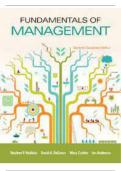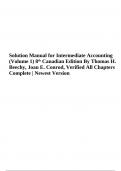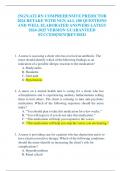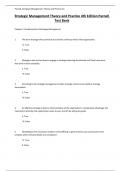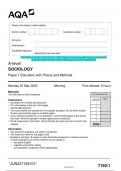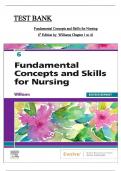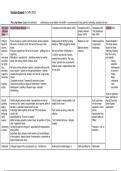Tentamen (uitwerkingen)
TEST BANK for Fundamentals of Management (Canadian Edition) 7th Edition by Robbins, DeCenzo, Coulter and Anderson. ISBN 9780135423394 (All Chapters 1-15).
- Vak
- Instelling
- Boek
TEST BANK for Fundamentals of Management (Canadian Edition) 7th Edition by Robbins, DeCenzo, Coulter and Anderson. ISBN 9780135423394 (All Chapters 1-15).
[Meer zien]
